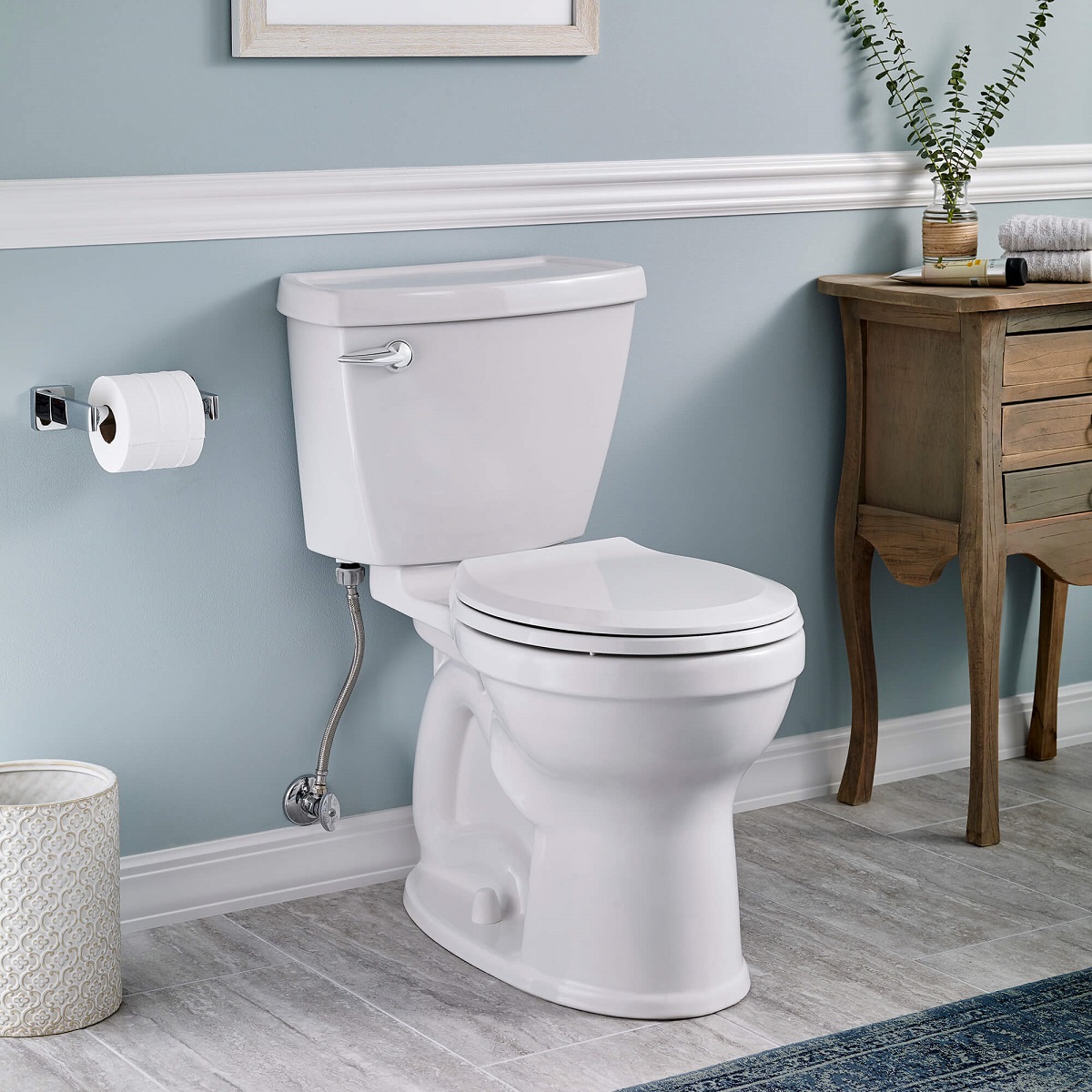

Articles
What Is A Toilet
Modified: October 20, 2024
Discover the different types of toilets and their features with our informative articles! Learn everything you need to know about toilets today.
(Many of the links in this article redirect to a specific reviewed product. Your purchase of these products through affiliate links helps to generate commission for Storables.com, at no extra cost. Learn more)
Introduction
A toilet is a commonly used household fixture that plays a significant role in our daily lives. It is an essential part of basic sanitation and personal hygiene. While we may take it for granted, toilets have a fascinating history and have undergone remarkable advancements over the years.
In this article, we will explore what exactly a toilet is, its basic components, its evolution through various civilizations, different types of toilets available today, and the environmental impact they have. We will also provide some tips on toilet maintenance and cleaning.
So, let’s dive in and discover the ins and outs of this vital fixture that we all rely on!
Key Takeaways:
- Toilets have evolved from ancient civilizations to modern times, offering a range of options including smart toilets, composting toilets, and bidet toilets. Understanding their history and types can help make informed choices for improved sanitation.
- Modern innovations in toilets, such as water-saving technology, self-cleaning features, and eco-friendly options, have revolutionized the way we use and think about toilets. Embracing these innovations can contribute to a cleaner and more sustainable future.
Read more: What Is A Toilet Flange
Definition of a Toilet
A toilet, also known as a lavatory, commode, or WC (water closet), is a plumbing fixture designed for the disposal of human waste. It provides a sanitary and convenient way to eliminate bodily waste by using a flushing mechanism or other methods.
A toilet typically consists of several key components, including a bowl, tank, seat, and flushing mechanism. The bowl is the receptacle where waste is deposited, and it is usually made of porcelain or ceramic for easy cleaning. The tank holds water that is used for flushing and refilling the bowl after use. The seat is where the user sits, and it is often made of plastic or wood for comfort.
The flushing mechanism is an important part of the toilet as it allows for the efficient and hygienic removal of waste. In most modern toilets, a handle or button is used to activate the flush, which releases water from the tank into the bowl, effectively carrying away the waste through a drain pipe connected to the sewage system.
It is worth noting that the term “toilet” can refer to both the fixture itself and the entire room or space where the fixture is located. In some countries, the term “restroom” or “bathroom” is used to refer to the entire space, while “toilet” specifically refers to the fixture.
The invention of the toilet has revolutionized sanitation practices and improved public health. Prior to the development of modern toilets, unsanitary and primitive methods such as chamber pots or outdoor latrines were used, posing significant health risks and sanitation issues.
Overall, a toilet provides a comfortable and private space for individuals to take care of their basic bodily functions in a sanitary and efficient manner, contributing to overall hygiene and well-being.
Basic Components of a Toilet
A toilet consists of several basic components that work together to facilitate the proper disposal of waste. Understanding these components is essential for troubleshooting any issues that may arise and for general maintenance purposes.
1. Bowl: The bowl is the part of the toilet where waste is collected. It is usually made of porcelain or ceramic and is designed to be smooth and easy to clean. The bowl is connected to the drainage system and has a water seal that prevents foul odors from escaping into the bathroom.
2. Tank: The tank is located behind the bowl and usually holds a significant amount of water. It is connected to a water supply line and contains the flushing mechanism. When the flush is activated, water from the tank is released into the bowl, creating a strong force that carries away waste through the drain pipe.
3. Seat: The seat is where the user sits when using the toilet. It provides comfort and support during the process. Toilet seats are available in various materials, including plastic, wood, or cushioned varieties.
4. Flush Mechanism: The flush mechanism is responsible for releasing water from the tank into the bowl. Most toilets have a handle or button located on the tank lid that, when pressed or pulled, activates the flush. This mechanism allows for an efficient and thorough removal of waste.
5. Fill Valve: The fill valve controls the water level in the tank. It is connected to the water supply line and ensures that the tank is refilled after each flush. When the water level drops, the fill valve opens and allows water to flow into the tank until it reaches the desired level.
6. Flapper: The flapper is a rubber valve located at the bottom of the tank. It acts as a seal and prevents water from continuously flowing into the bowl. When the flush is activated, the flapper lifts, allowing water to rush into the bowl. Once the tank is empty, the flapper falls back into place, sealing the tank again.
7. Trapway: The trapway is a curving passage located at the base of the bowl that leads to the drain pipe. It is designed to create a water seal that prevents odors from seeping back into the bathroom. The trapway also helps to maintain the proper flow of waste through the drainage system.
Understanding these basic components of a toilet can aid in troubleshooting common issues such as leaks, clogs, or running water. Regular maintenance and cleaning of these components will ensure the efficient and hygienic operation of the toilet, promoting a clean and comfortable bathroom experience.
Toilets throughout History
Toilets have a long and fascinating history that dates back thousands of years. From ancient civilizations to modern times, the development of toilets has played a significant role in improving sanitation standards and human health.
Ancient Civilizations: The earliest known toilets can be traced back to ancient civilizations such as the Indus Valley Civilization, Mesopotamia, and ancient Egypt. These early toilets were simple structures consisting of a hole in the ground or seats made of stone or wood. Waste would either fall directly into a pit or flow into a nearby river or canal.
Roman Empire: The elaborate Roman Empire had sophisticated public and private toilets. Public toilets, known as “public latrines,” were communal facilities where several people could use them simultaneously. They featured stone seats with holes positioned over a running water channel for cleanliness. Wealthy Romans also had private toilets in their homes, sometimes with plumbing systems that flushed waste away.
Medieval Europe: During the medieval period, toilets took a backseat, and hygiene practices deteriorated. Chamber pots and community privies were commonly used, with waste being disposed of in the streets or rivers. Privacy and hygiene were compromised during this time.
Industrial Revolution: With the advent of the Industrial Revolution, urbanization and advancements in plumbing technology led to improved toilet systems. The invention of the flush toilet by Sir John Harrington in the late 16th century and the subsequent improvements by Alexander Cummings and Thomas Crapper in the late 19th century revolutionized toilet design and functionality.
Modern Times: In the 20th century, modern flush toilets became the norm in households worldwide. Plumbed toilets with a water tank and a flush mechanism that carried waste away became standard fixtures. This greatly improved hygiene, cleanliness, and public health. Today, toilets continue to evolve with advancements in water conservation, design, and smart technology.
In developing countries with limited access to sanitation infrastructure, innovative solutions such as composting toilets and dry toilets are being implemented to improve sanitation practices and reduce environmental impact.
Toilets have not only evolved in terms of functionality but also in design and aesthetics. Modern toilets come in various shapes, sizes, and styles to suit different preferences and bathroom designs. From traditional two-piece toilets to sleek one-piece toilets and wall-mounted options, there is a wide range of choices available for consumers.
The evolution of toilets throughout history showcases the importance of proper sanitation and hygiene in society. The improvements made in toilet technology have significantly contributed to improving public health, reducing the spread of diseases, and enhancing the overall quality of life for individuals worldwide.
Types of Toilets
There are several types of toilets available today, each with its own design, features, and functionality. Understanding the different types can help you choose the most suitable option for your needs and preferences. Here are some common types of toilets:
- Two-piece Toilets: Two-piece toilets consist of a separate tank and bowl that are bolted together. They are the most common type of toilets found in households. These toilets come in a wide range of styles, sizes, and colors, making them a versatile option for any bathroom.
- One-piece Toilets: One-piece toilets feature a seamless design where the tank and bowl are fused together. This creates a sleek and modern look while eliminating any hard-to-reach crevices where dirt and bacteria can accumulate. One-piece toilets are relatively easier to clean and maintain.
- Wall-mounted Toilets: Wall-mounted toilets are mounted directly onto the bathroom wall, with the toilet tank hidden behind the wall. This type of toilet creates a minimalist and space-saving look, as the toilet bowl is suspended above the floor. Wall-mounted toilets require a specialized plumbing installation and are commonly found in commercial buildings or modern residential bathrooms.
- Smart Toilets: Smart toilets are technologically advanced toilets that offer a range of additional features and functions. These features can include automatic flushing, heated seats, bidet functionality, air drying, self-cleaning options, and even built-in music or LED lighting. Smart toilets offer a luxurious and convenient bathroom experience but tend to be more expensive than traditional toilets.
- Composting Toilets: Composting toilets are eco-friendly options that convert human waste into compost. They are commonly used in remote areas or eco-friendly homes where access to water or sewage systems is limited. Composting toilets require the proper management of waste and compost materials.
- Portable Toilets: Portable toilets are temporary toilets that are commonly used at construction sites, outdoor events, or camping trips. These toilets are self-contained and have their own waste storage tank. Portable toilets offer convenience and hygiene in situations where permanent toilet facilities are not available.
- Bidet Toilets: Bidet toilets are designed with built-in bidet functionality, offering a refreshing and hygienic cleaning experience. These toilets have water spray jets that provide gentle cleansing after using the toilet. Bidet toilets are popular in many countries, especially in Asia and Europe.
When choosing a toilet, consider factors such as the available space in your bathroom, the plumbing configuration, your budget, and your personal preferences. Consulting with a plumber or bathroom specialist can be helpful in selecting the right type of toilet for your specific needs.
Toilets are designed to efficiently and hygienically remove waste from the body. They use water and a flushing mechanism to transport waste through a series of pipes and into the sewer system. Regular maintenance and proper use can help prevent clogs and other issues.
Read more: What Is A Toto Toilet
Flush vs. Non-Flush Toilets
When it comes to toilets, one of the primary distinctions is whether they are flush or non-flush toilets. This differentiation is based on the method used to remove waste from the bowl. Let’s explore the differences between these two types of toilets:
Flush Toilets:
Flush toilets, also known as gravity-fed toilets, are the most common type found in households. They operate with the help of water and a flush mechanism. When the user activates the flush, a large amount of water is released from the tank into the bowl. The force of the water creates a swirling motion that carries away the waste through the drain pipe connected to the sewage system.
Flush toilets are highly effective in removing waste quickly and efficiently. They provide an instant mechanism for hygiene and cleanliness, as the waste is swiftly flushed away. Additionally, most flush toilets have a water seal that prevents unpleasant odors from escaping into the bathroom.
Non-Flush Toilets:
Non-flush toilets, on the other hand, do not rely on water or a flush mechanism to remove waste. These toilets operate using alternative methods such as incineration, dehydration, or composting. Each method has its own unique benefits:
- Incinerating Toilets: Incinerating toilets use extreme heat to burn waste to ashes. This method reduces waste volume significantly and eliminates the need for water or sewage connections. However, due to the high temperatures involved, these toilets require proper ventilation and may not be suitable for all settings.
- Dehydrating Toilets: Dehydrating toilets remove water from waste, leaving behind dry compost. They use a combination of heat and airflow to evaporate moisture. Dehydrating toilets are efficient in reducing waste volume and are often used in eco-friendly or off-grid settings. However, they require regular maintenance and proper management of the composted waste.
- Composting Toilets: Composting toilets break down waste through the natural process of decomposition. They rely on the activity of bacteria and other microorganisms to transform the waste into compost. Composting toilets are environmentally friendly, as they save water and produce nutrient-rich compost that can be used for gardening. They are commonly used in rural areas or places with limited access to sewage systems.
While non-flush toilets may offer advantages in water conservation or off-grid applications, they require careful maintenance and proper disposal of waste. It is important to follow manufacturer’s guidelines and local regulations when using non-flush toilets to ensure safe and efficient operation.
Ultimately, the choice between flush and non-flush toilets depends on individual needs, preferences, and environmental considerations. Both types have their own advantages and limitations, and it is essential to weigh these factors when selecting a toilet that best suits your requirements.
Modern Innovations in Toilets
In recent years, there have been significant advancements and innovations in toilet technology that have further improved functionality, hygiene, and water conservation. Let’s explore some of the modern innovations that have revolutionized the way we use and think about toilets:
1. Water-Saving Technology:
Water conservation has become a critical aspect of toilet design. Many modern toilets feature water-saving mechanisms such as dual-flush systems. This technology allows users to choose between a full flush for solid waste and a partial flush for liquid waste, reducing water consumption significantly.
2. Smart Toilets:
Smart toilets have gained popularity for their range of innovative features. These toilets often come equipped with sensors that automatically flush, as well as heated seats for added comfort. Some even include built-in bidet functions, air dryers, and adjustable water pressure settings for a customizable and luxurious bathroom experience.
3. Self-Cleaning Toilet Technology:
Keeping toilets clean and sanitized is a common concern. Self-cleaning toilets are equipped with advanced technology that uses ultraviolet light, electrolyzed water, or special coatings to eradicate germs and prevent the buildup of dirt and bacteria. These toilets reduce the need for manual cleaning and contribute to better hygiene in the bathroom.
4. Odor Control Systems:
Modern toilets have integrated odor control systems to combat unpleasant smells. These systems use filters or deodorizing agents to neutralize odors and keep the bathroom smelling fresh. This feature is particularly useful in shared spaces or homes where odor control is a priority.
5. Bidet Functions:
Bidet functions have become increasingly popular in modern toilets. They offer gentle, hygienic cleansing using water jets instead of traditional toilet paper. Bidet functions have adjustable water temperature and pressure settings, making them customizable for individual preferences and improving personal hygiene.
6. LED Lighting:
LED lighting is a modern addition to toilets that enhances the overall ambiance of the bathroom. Many toilets now feature built-in LED lighting systems that provide soft, atmospheric illumination, making nighttime bathroom visits more convenient and adding a touch of style to the space.
7. Touchless Technology:
Touchless technology has become prevalent in toilets to promote hygiene and reduce the spread of germs. These toilets feature sensor-operated flush mechanisms, lids, and seats. Users can activate these functions without touching any surface, minimizing the risk of contamination.
8. Eco-Friendly Options:
Manufacturers are increasingly focusing on environmentally friendly toilet options. Low-flow toilets use less water per flush, reducing water usage and lowering utility bills. Composting toilets and incinerating toilets offer sustainable alternatives in areas where traditional sewage systems are not available, helping to reduce environmental impact.
These modern innovations have transformed the traditional toilet into a more functional, efficient, and eco-friendly fixture. As technology continues to advance, we can expect even more exciting developments in the world of toilets, further improving our daily bathroom experiences.
Environmental Impact of Toilets
Toilets have a significant environmental impact, primarily due to their water consumption and waste management. Understanding and mitigating these impacts is crucial for sustainable living and the preservation of our natural resources. Let’s explore the environmental considerations associated with toilets:
1. Water Consumption:
Standard flush toilets can be water-intensive, consuming a substantial amount of water with each flush. This can strain water supplies, particularly in areas experiencing drought or water scarcity. However, advances in toilet technology, such as low-flow toilets and dual-flush systems, have reduced water consumption significantly. These water-saving toilets help conserve water without compromising performance.
2. Energy Usage:
The use of certain toilet technologies, such as smart toilets or toilets with integrated electrical components, can contribute to increased energy consumption. However, this energy use is typically minimal in comparison to other household appliances. It is important to choose energy-efficient models and employ other energy-saving practices to mitigate any potential impact.
3. Wastewater Treatment:
The treatment of wastewater from toilets is a critical step in maintaining water quality and protecting the environment. Proper wastewater treatment ensures that harmful pathogens and pollutants are removed before the water is discharged back into the environment. Effective sewage systems and wastewater treatment plants play a vital role in managing the environmental impact of toilet waste disposal.
4. Use of Chemicals:
In some cases, the use of cleaning agents and chemical-based toilet cleaners can have adverse environmental impacts. These chemicals can find their way into water bodies, contributing to water pollution and harming aquatic ecosystems. It is essential to choose eco-friendly and biodegradable alternatives or use non-toxic cleaning methods when maintaining and cleaning toilets.
5. Impact on Natural Resources:
The manufacturing and disposal of toilets can have an impact on natural resources. The extraction of raw materials, energy consumption during manufacturing, and waste generation are all factors to consider. Choosing toilets made from sustainable materials, such as recycled or eco-friendly materials, can help reduce the environmental impact associated with the production and disposal of toilets.
6. Innovative Solutions:
In recent years, innovative solutions have emerged to address the environmental impact of toilets. Composting toilets, for example, transform waste into nutrient-rich compost, reducing the need for water-based disposal systems. Waterless urinals have also gained popularity in public restrooms, significantly reducing water usage and associated waste management challenges.
To minimize the environmental impact of toilets, consider the following practices:
- Install water-saving toilets or retrofit existing toilets with water-saving devices.
- Avoid flushing non-biodegradable items or chemicals down the toilet to prevent sewer blockages and pollution.
- Use eco-friendly and non-toxic cleaning products for toilet maintenance.
- Regularly inspect and fix any leaks or inefficiencies in toilet plumbing to conserve water.
- Contribute to proper wastewater management by connecting to the municipal sewage system or using alternative eco-friendly waste disposal options where applicable.
- Support sustainable toilet manufacturing by choosing products made from recycled or environmentally friendly materials.
By adopting these practices and embracing eco-friendly innovations, we can minimize the environmental impact of toilets and promote sustainable living for a healthier planet.
Toilet Maintenance and Cleaning Tips
Maintaining a clean and well-functioning toilet is crucial for optimal hygiene and longevity. Regular cleaning and proper maintenance will not only keep your toilet sanitary but also prevent potential issues from arising. Here are some helpful tips for toilet maintenance and cleaning:
1. Regular Cleaning:
Regular cleaning is essential to keep your toilet clean and free from stains and odors. Start by using a toilet brush and a mild toilet cleaner or a mixture of baking soda and vinegar to scrub the bowl, including under the rim and around the waterline. Be sure to clean the seat, lid, and exterior surfaces as well. Rinse thoroughly with water after cleaning.
2. Avoid Harsh Chemicals:
Avoid using harsh chemicals and abrasive cleaners that may damage the toilet’s surfaces or cause discoloration. Opt for mild and eco-friendly toilet cleaners or natural cleaning solutions like vinegar or baking soda. These alternatives are effective at removing stains, preventing buildup, and neutralizing odors without harming the environment.
3. Clean the Flapper and Flush Valve:
Toilet flappers and flush valves can accumulate mineral deposits or debris over time, affecting the flushing mechanism. Schedule periodic cleaning of these components to ensure proper water flow and prevent leaks. Consider removing the flapper and soak it in vinegar to dissolve any buildup. Flush valves can be cleaned by gently wiping them with a cloth or a soft-bristled brush.
4. Check for Leaks:
Regularly check your toilet for any leaks that may be wasting water or causing damage. A simple way to detect leaks is by adding a few drops of food coloring to the toilet tank. If the color appears in the bowl without flushing, it indicates a leak. Address leaks promptly by replacing faulty parts, such as the flapper or fill valve.
5. Avoid Flushing Non-Biodegradable Items:
To avoid clogs and potential damage to your plumbing system, never flush non-biodegradable items down the toilet. Items such as wipes, feminine hygiene products, or dental floss should be disposed of in a waste bin. Remind household members of proper flushing practices to maintain the toilet’s efficiency and prevent costly plumbing issues.
6. Prevent Mineral Deposits:
Mineral deposits, such as limescale, can build up in the toilet bowl and affect its appearance and functionality. To prevent these deposits, consider using a water softener if your water supply has a high mineral content. Regularly scrubbing the bowl with a mixture of vinegar and baking soda can also help remove existing deposits and prevent new ones from forming.
Remember, proper toilet maintenance goes beyond cleaning. It involves checking and maintaining other components such as the fill valve, supply line, and wax ring to ensure efficient functioning. If in doubt or if facing plumbing issues, it’s advisable to consult a professional plumber to avoid causing further damage or compromising the toilet’s performance.
By following these maintenance and cleaning tips, you can keep your toilet in good condition, promoting a clean and hygienic bathroom environment for you and your family.
Read more: What Is An Elongated Toilet
Conclusion
Toilets are an essential part of our daily lives, providing a hygienic and convenient way to dispose of waste. Throughout history, toilets have evolved significantly, from simple pits in the ground to sophisticated flush toilets and innovative eco-friendly options. Understanding the basic components and various types of toilets can help us make informed choices that suit our needs and preferences.
In recent years, modern innovations have further improved toilets, enhancing their functionality, efficiency, and comfort. Water-saving mechanisms, smart technology, self-cleaning features, and eco-friendly options have revolutionized the way we use and think about toilets.
It is crucial to be aware of the environmental impact of toilets and take steps to minimize it. Water conservation, proper waste management, and the use of eco-friendly cleaning products are essential to reduce the strain on water resources and prevent pollution.
Maintaining and cleaning toilets regularly is vital for hygiene and the prevention of issues such as leaks and clogs. By adopting proper maintenance practices, avoiding harsh chemicals, and checking for leaks, we can ensure that our toilets function optimally and have a longer lifespan.
In conclusion, toilets have come a long way in improving our sanitation practices and overall well-being. By embracing water-saving technologies, eco-friendly options, and regular maintenance, we can contribute to a cleaner and more sustainable future.
So, let’s continue to prioritize proper hygiene, responsible water usage, and environmentally conscious choices when it comes to our toilets. With these considerations, we can create a healthier and more sustainable living environment for ourselves and future generations.
Frequently Asked Questions about What Is A Toilet
Was this page helpful?
At Storables.com, we guarantee accurate and reliable information. Our content, validated by Expert Board Contributors, is crafted following stringent Editorial Policies. We're committed to providing you with well-researched, expert-backed insights for all your informational needs.
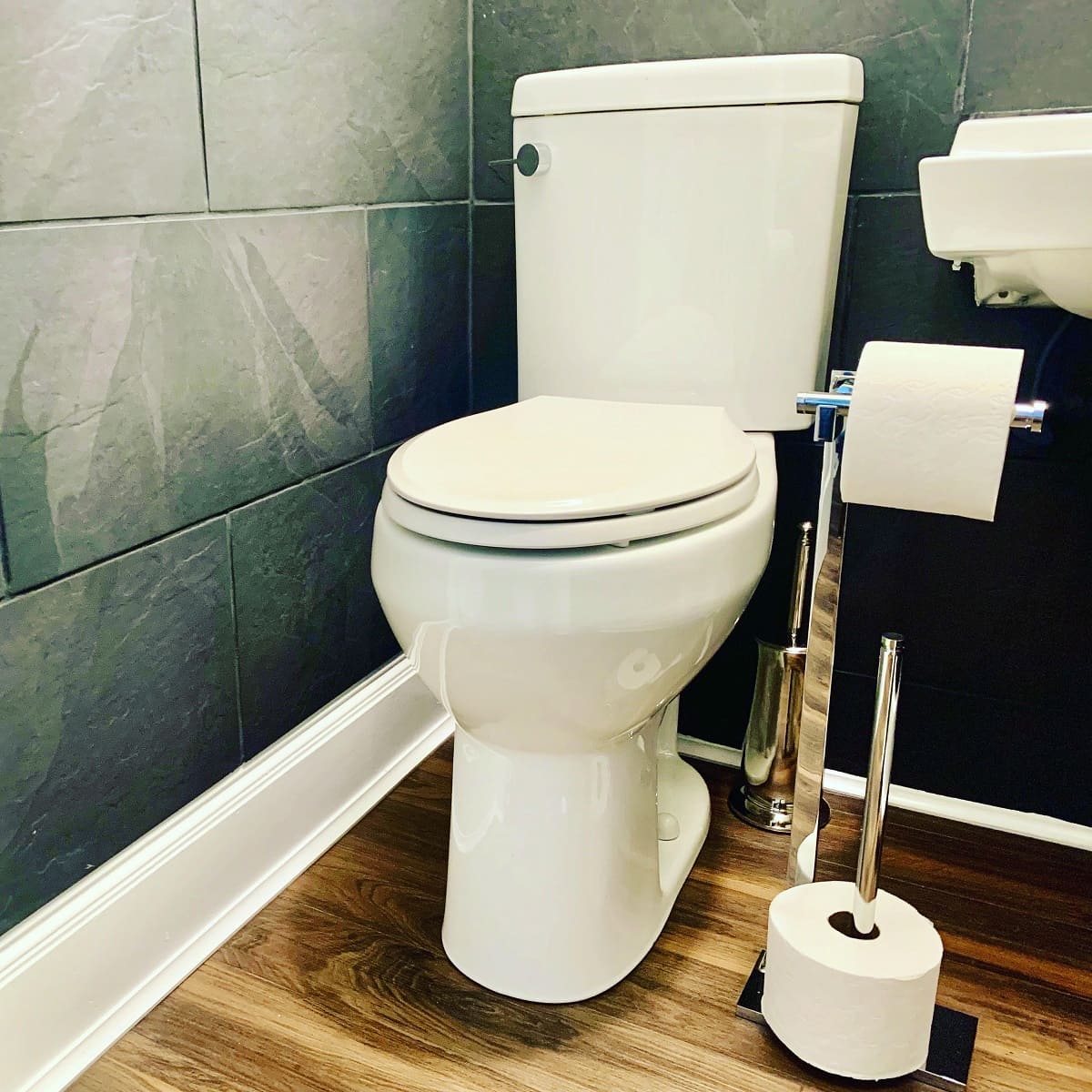
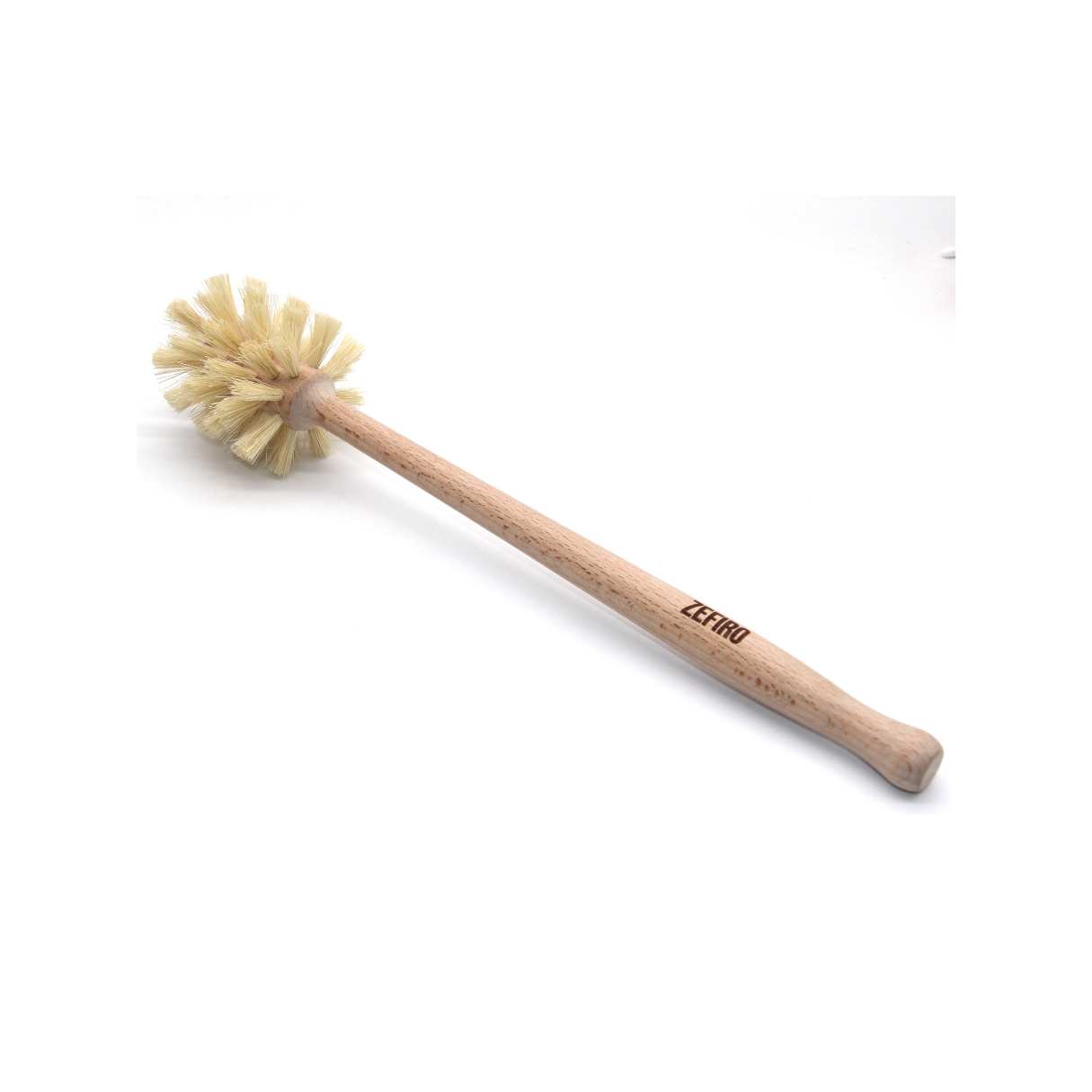
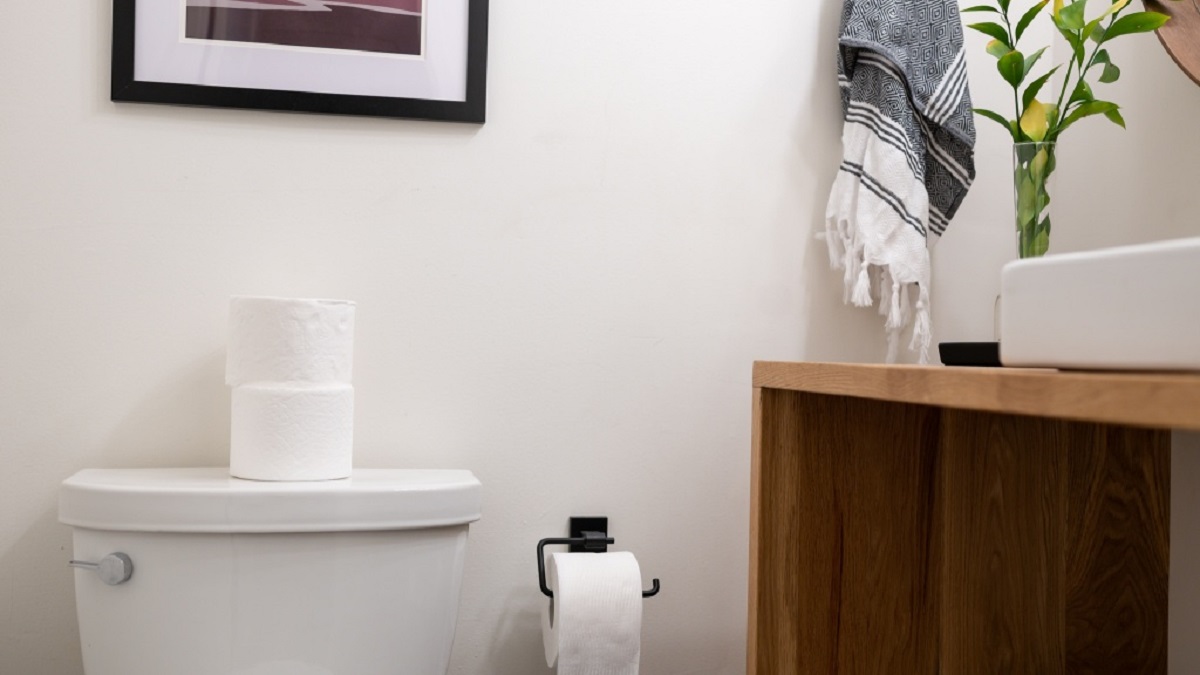
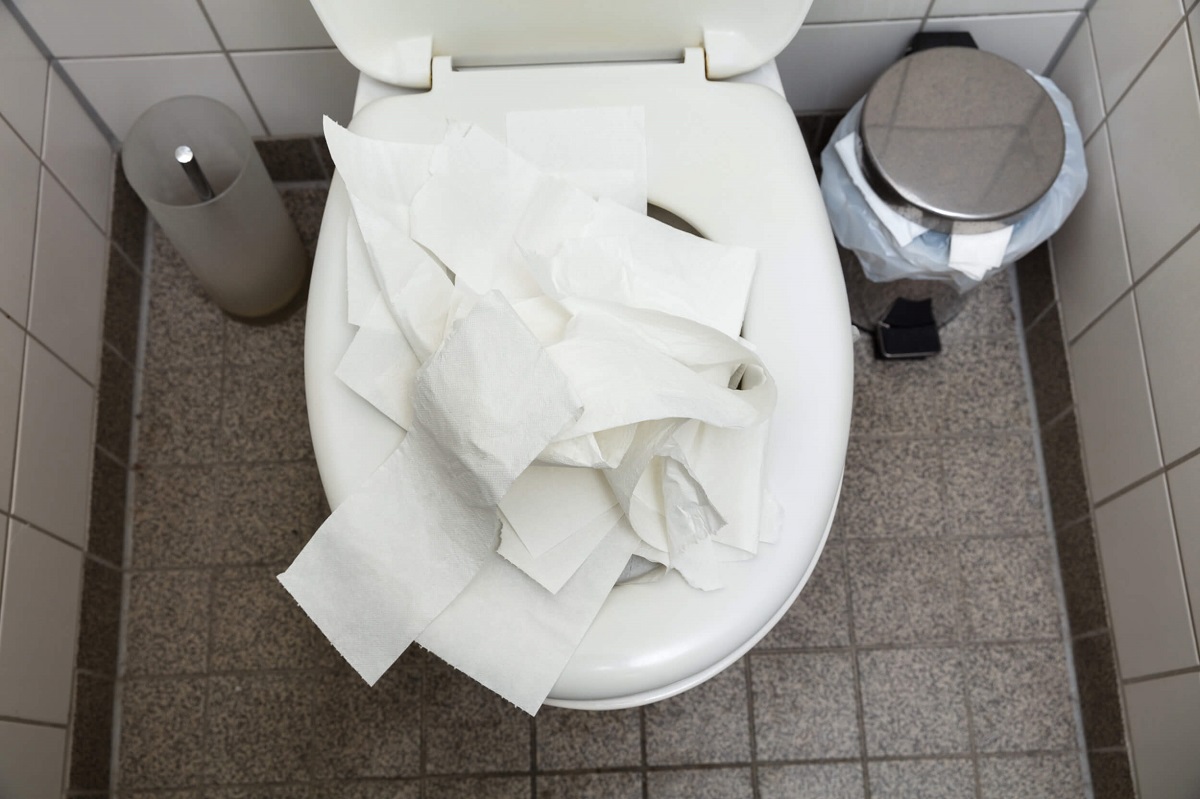
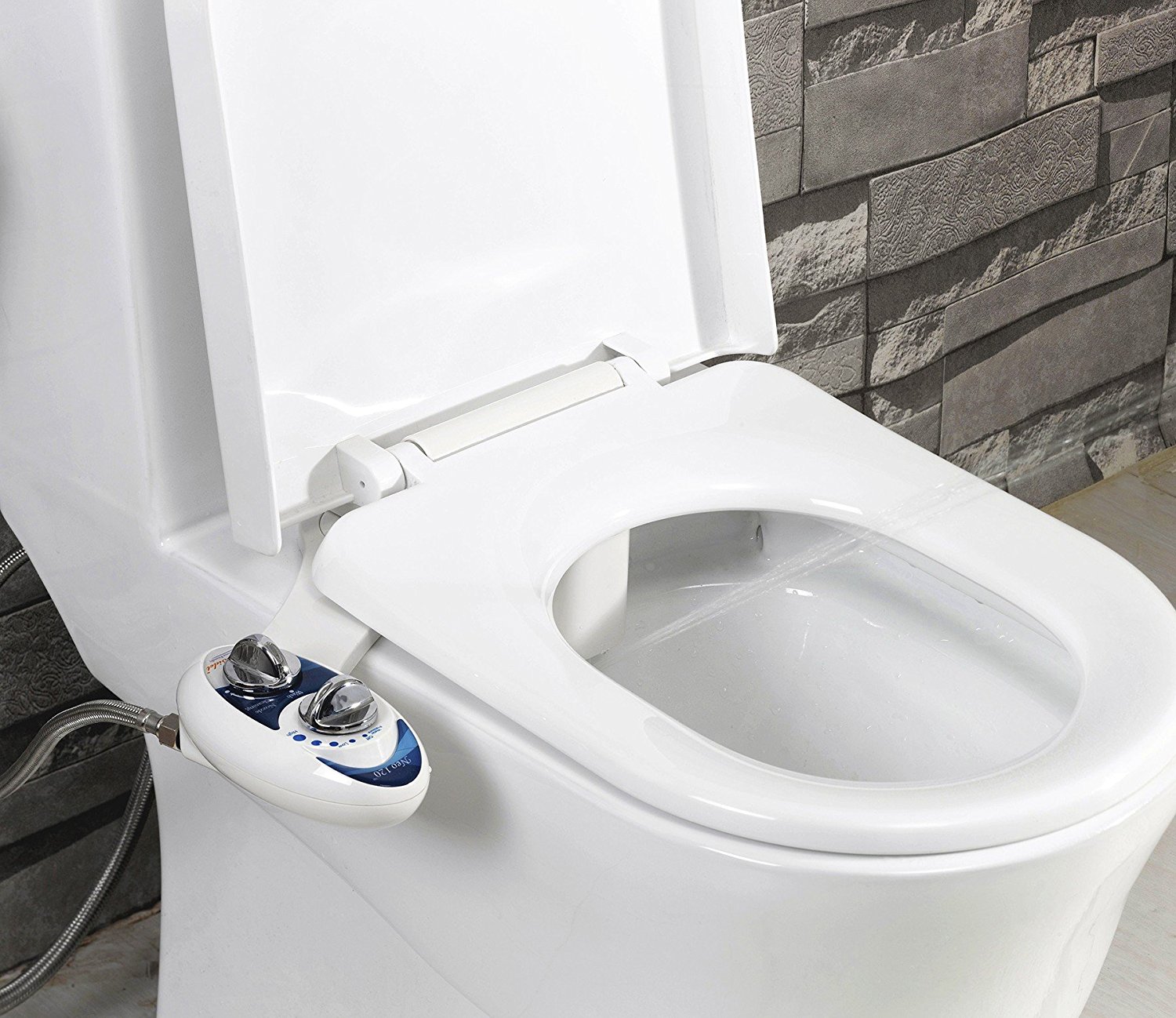
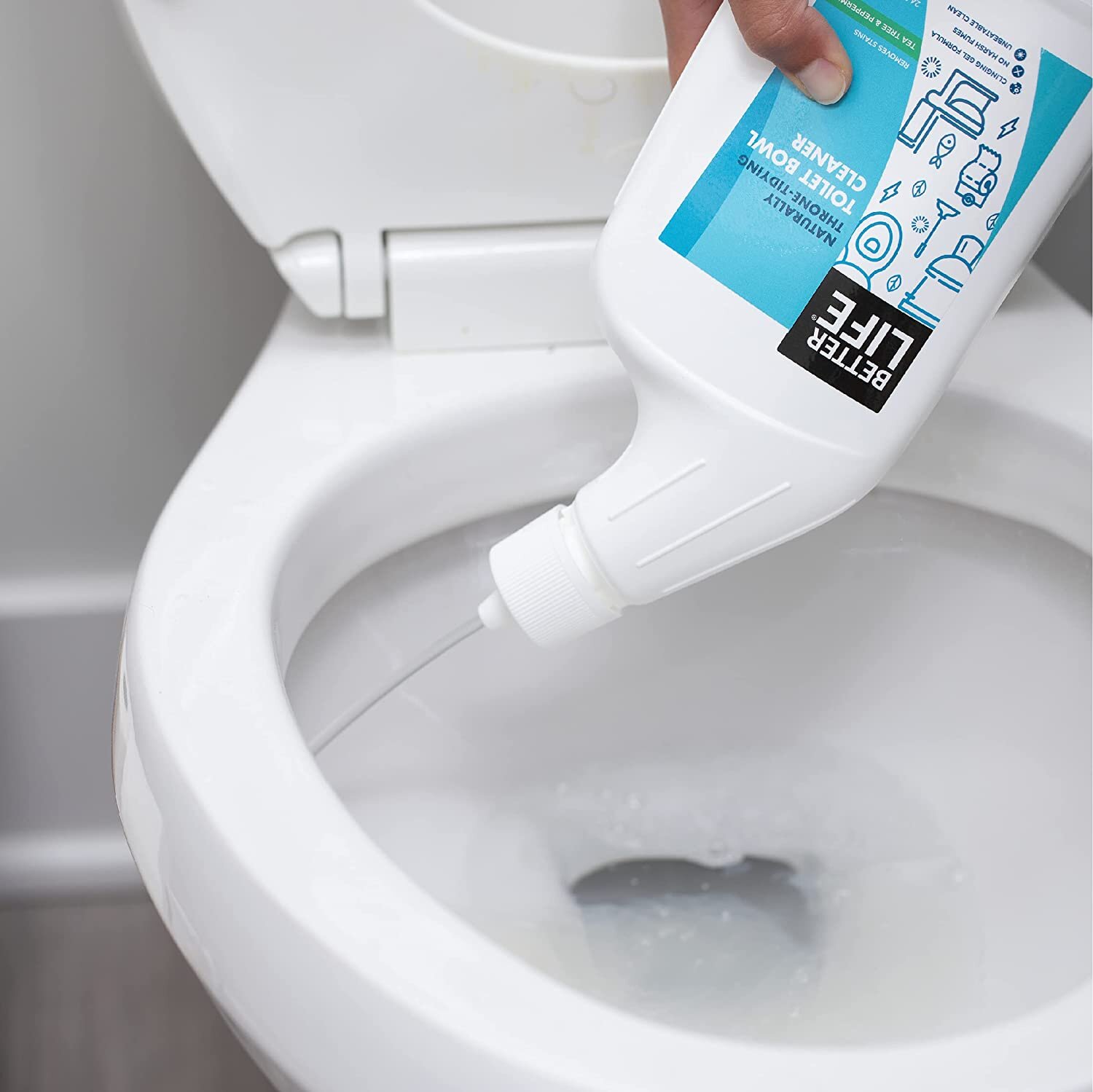
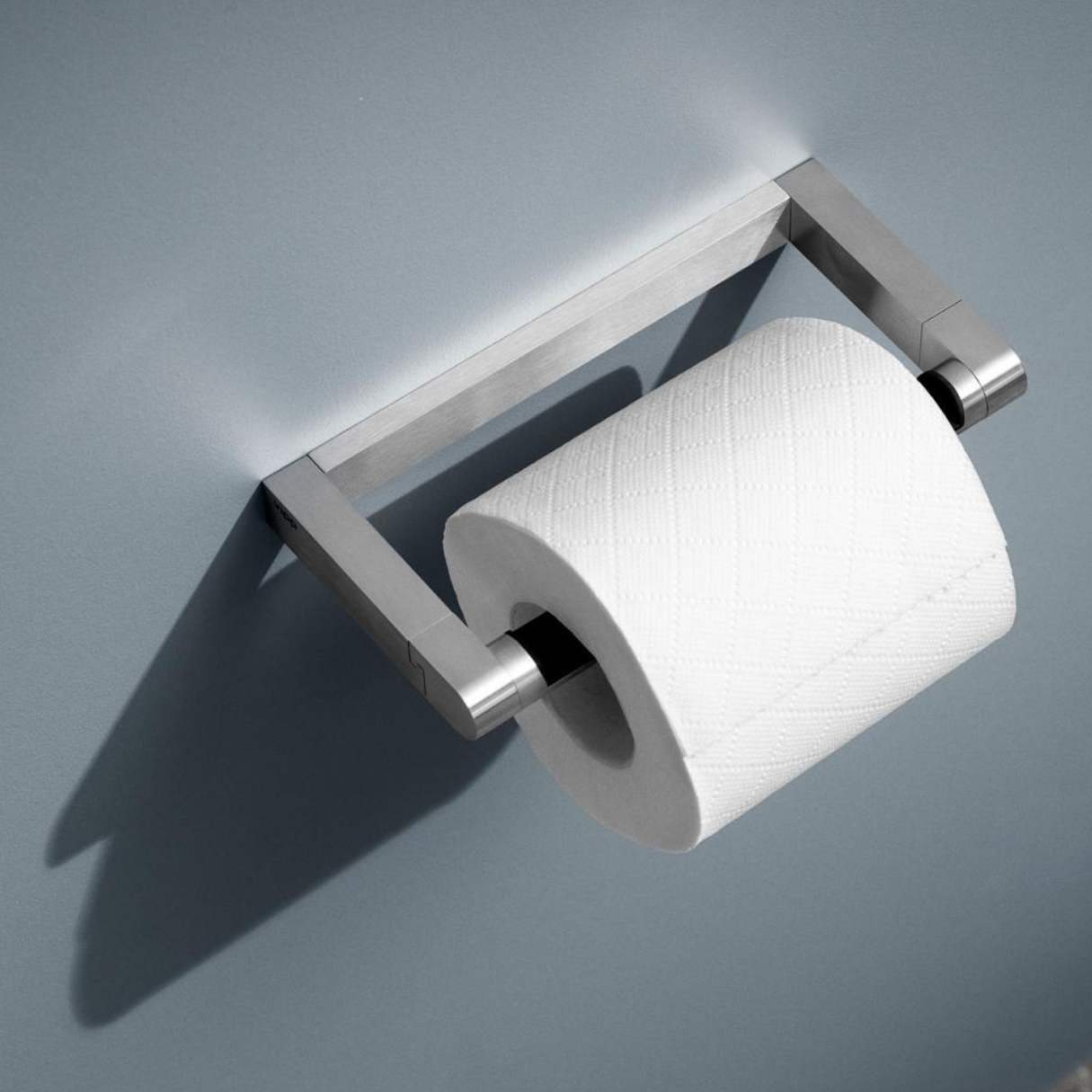
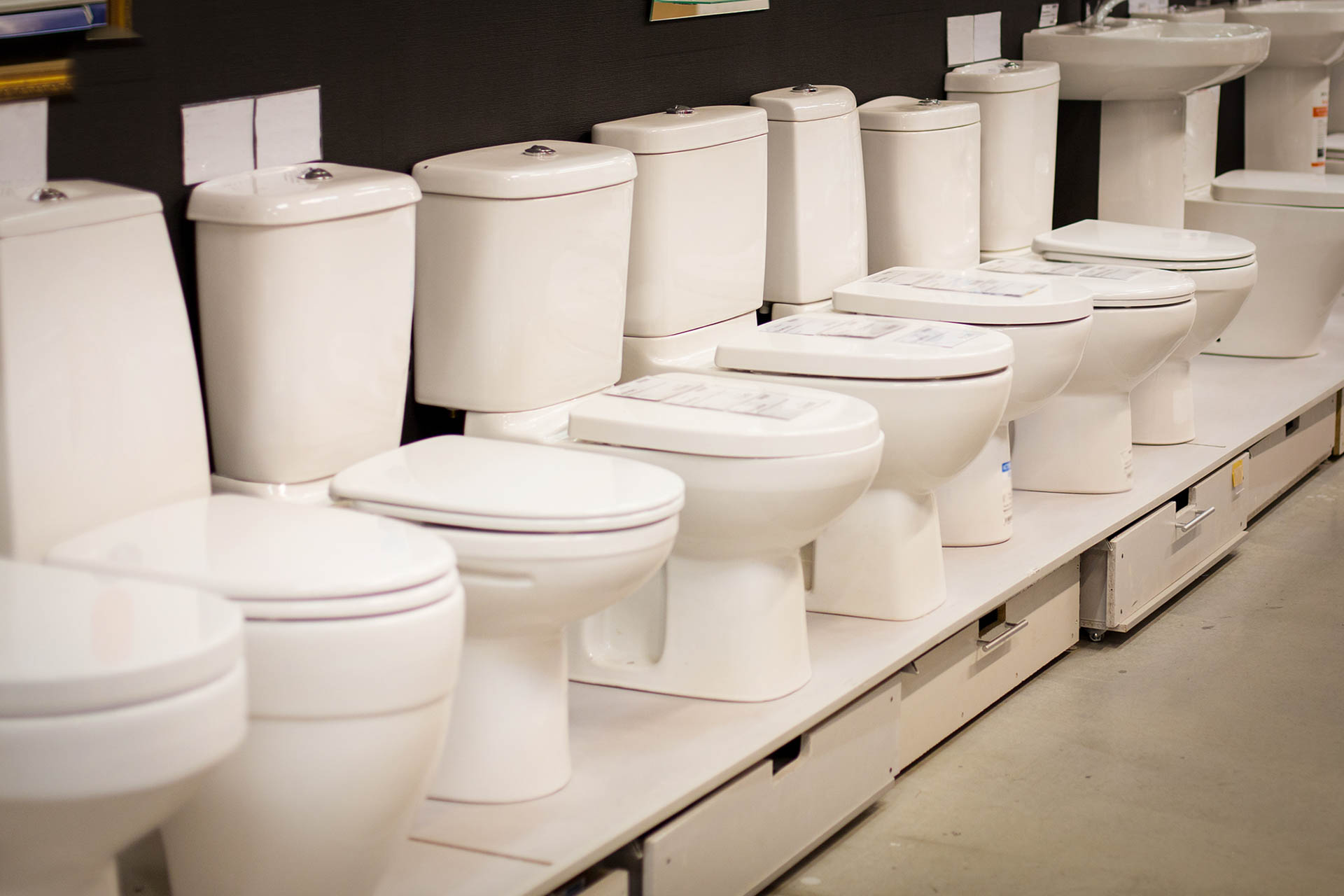
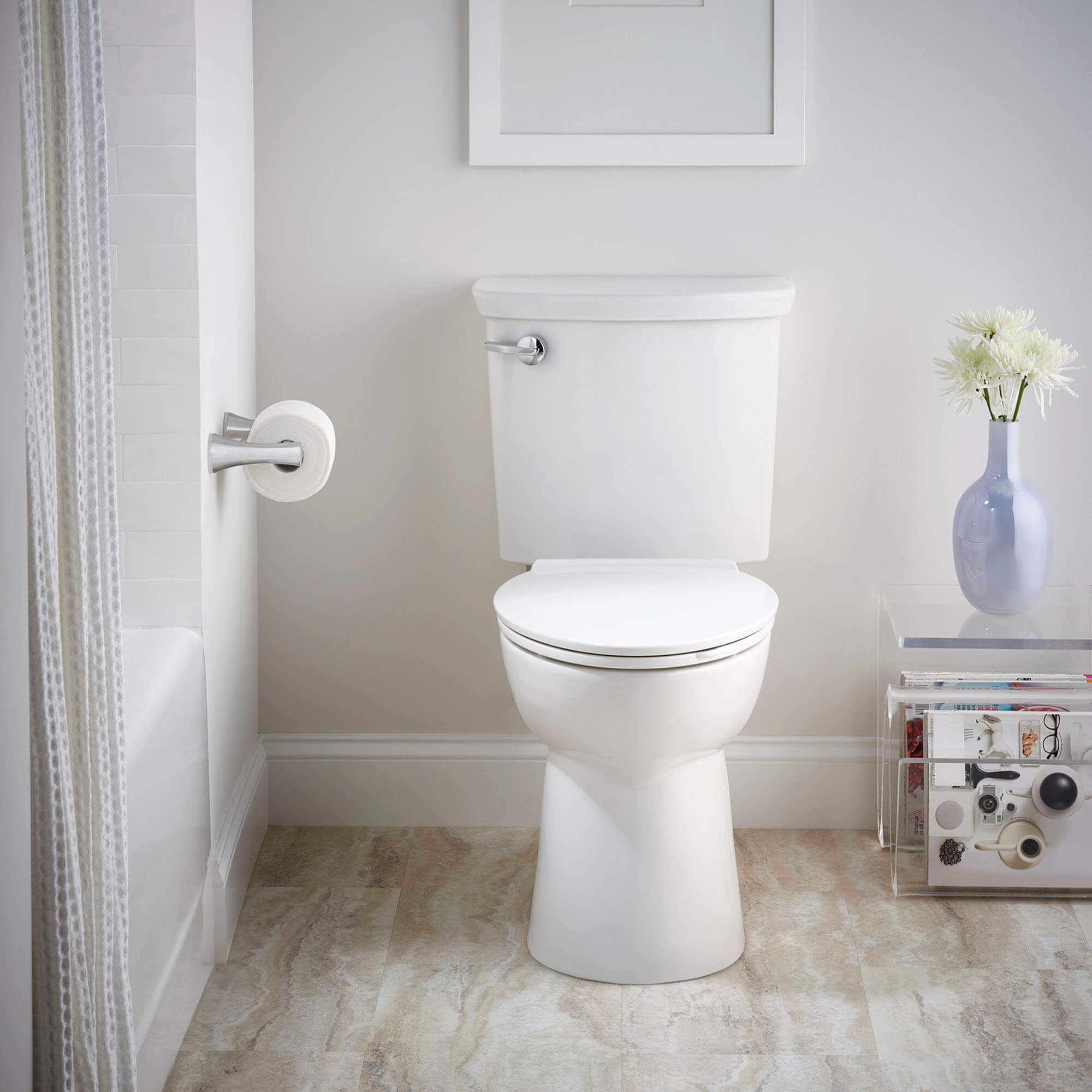
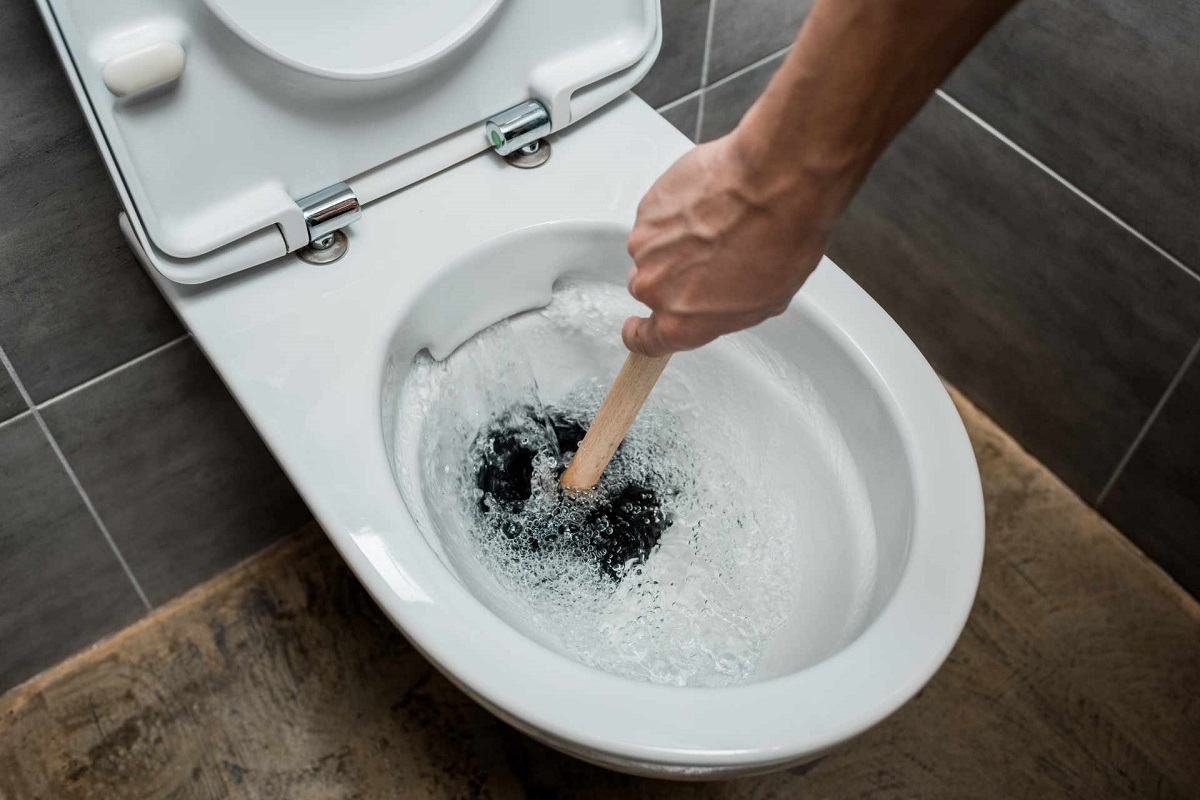
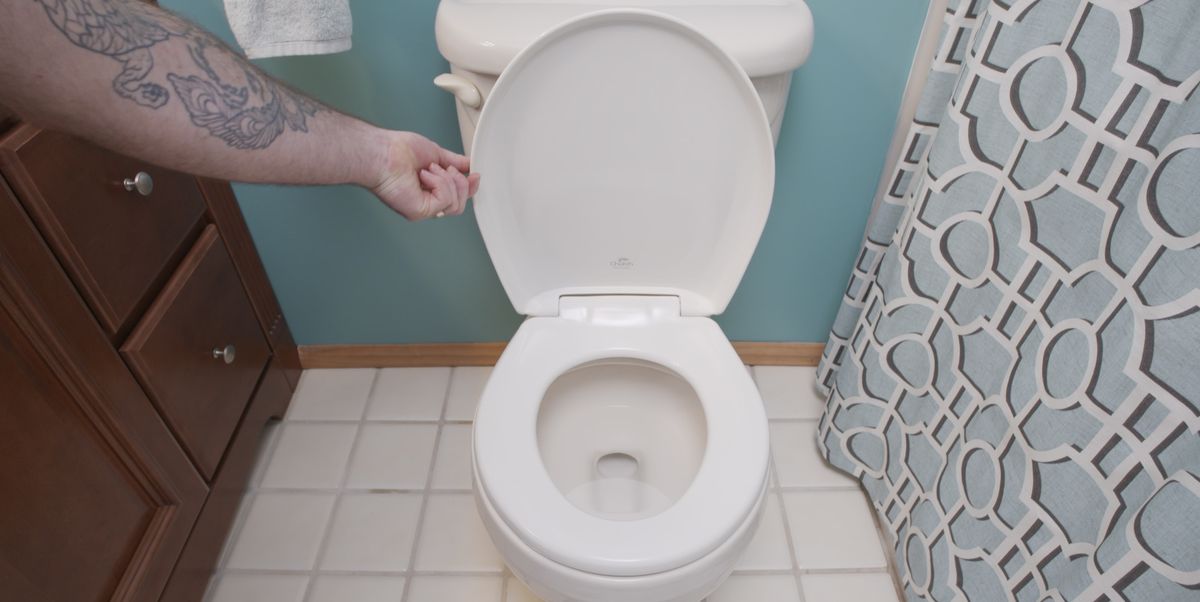
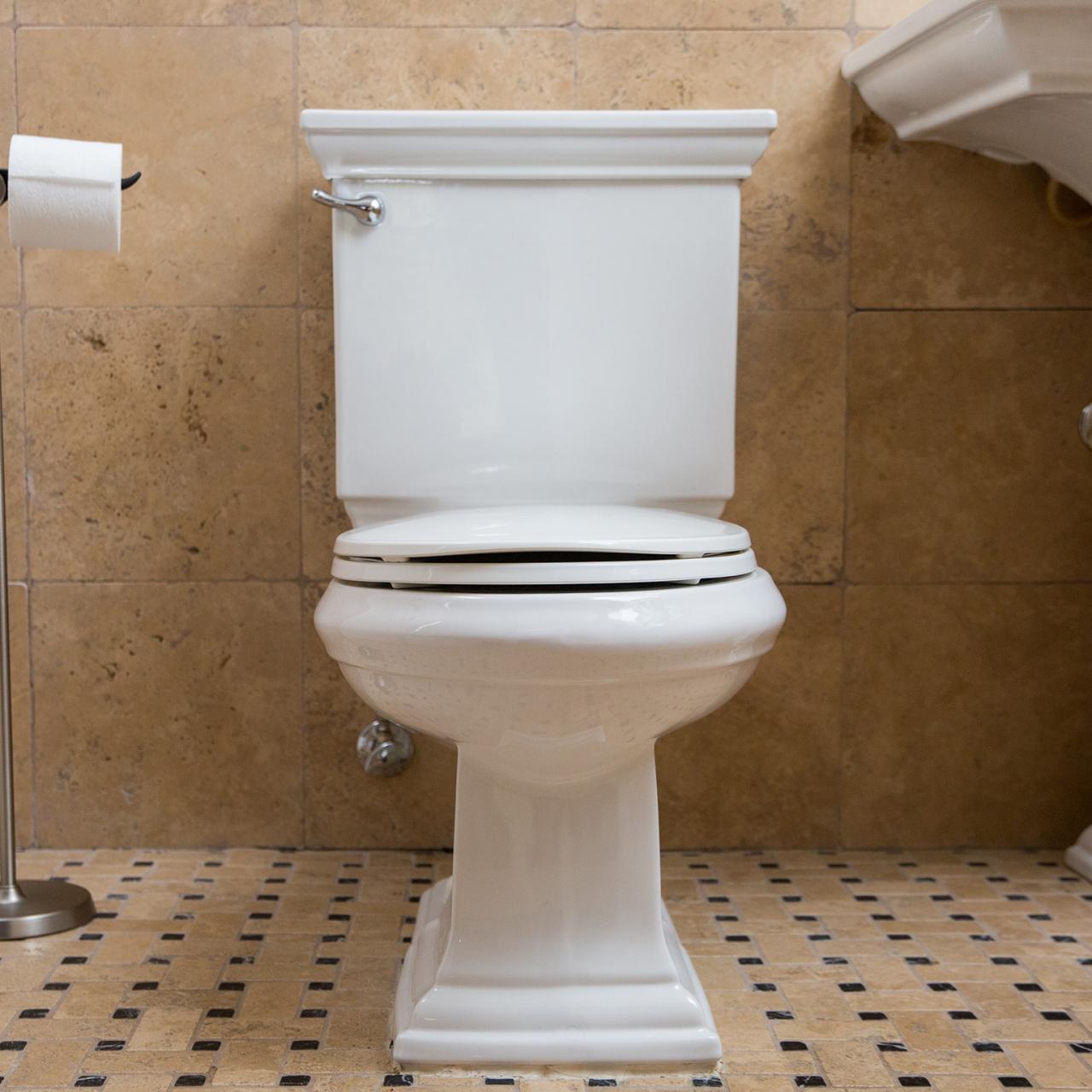
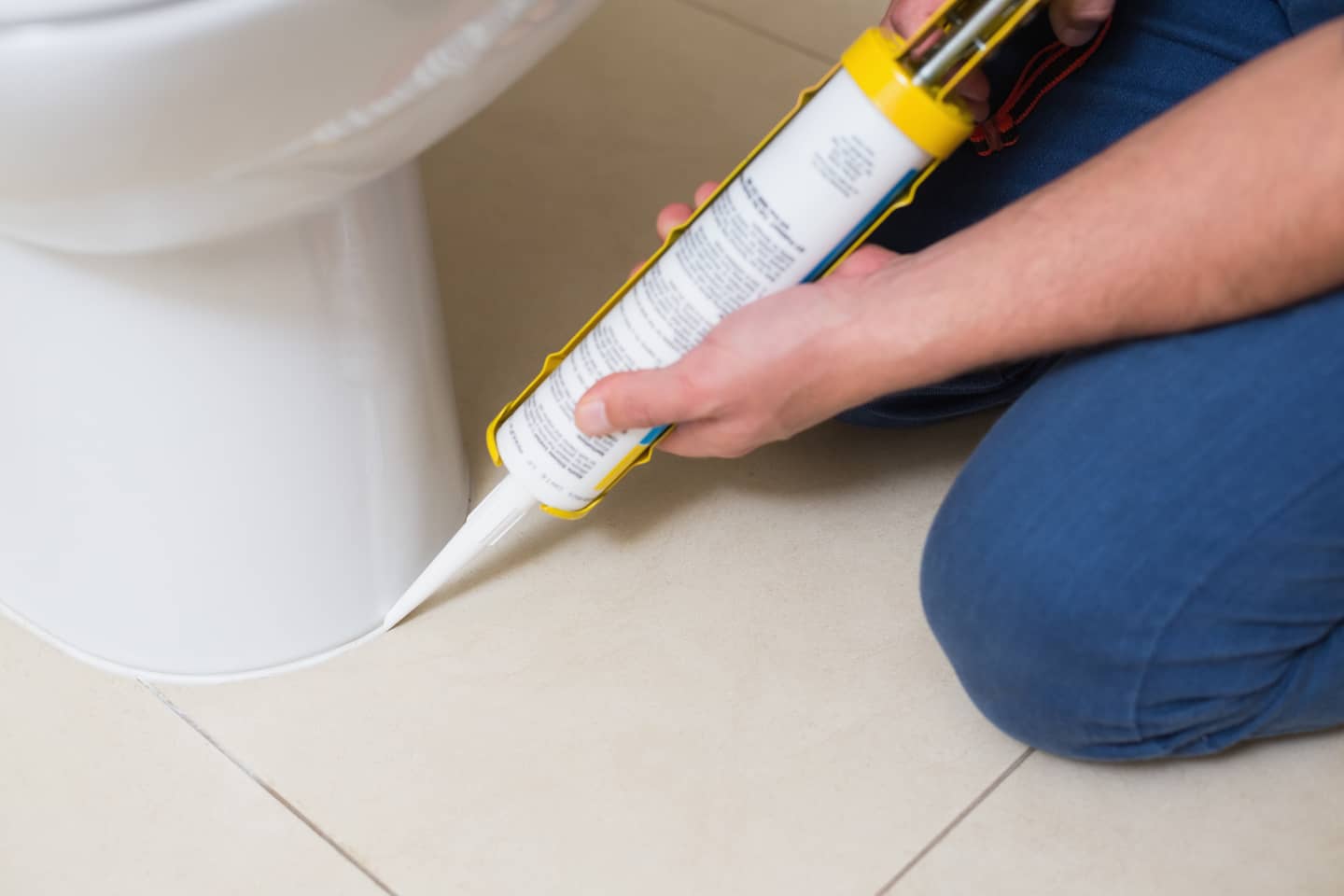

0 thoughts on “What Is A Toilet”